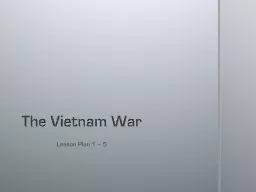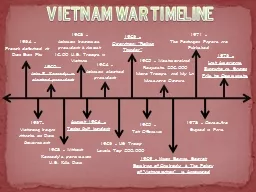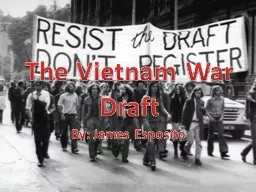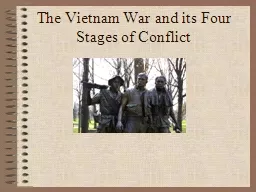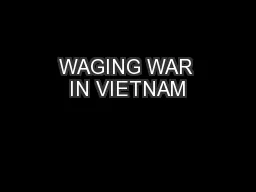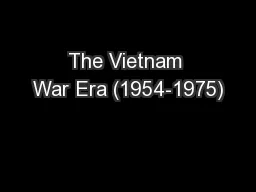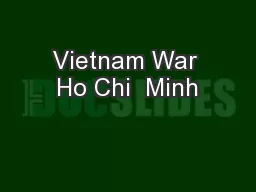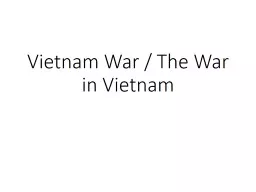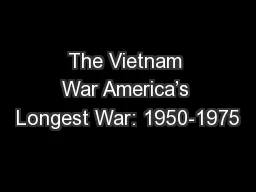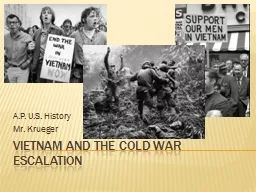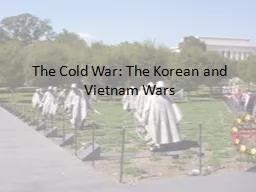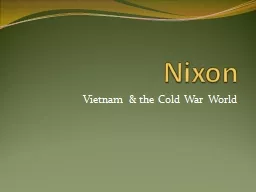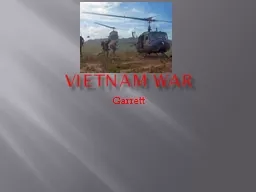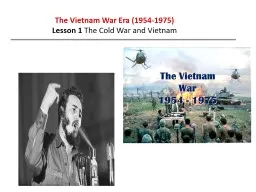PPT-The Vietnam War
Author : test | Published Date : 2016-07-30
Lesson Plan 1 5 Beginnings of War 1953 Eisenhower greatly increases aid to France in fighting Vietnam May 1961 President Kennedy sends 400 Green Berets Special
Presentation Embed Code
Download Presentation
Download Presentation The PPT/PDF document "The Vietnam War" is the property of its rightful owner. Permission is granted to download and print the materials on this website for personal, non-commercial use only, and to display it on your personal computer provided you do not modify the materials and that you retain all copyright notices contained in the materials. By downloading content from our website, you accept the terms of this agreement.
The Vietnam War: Transcript
Download Rules Of Document
"The Vietnam War"The content belongs to its owner. You may download and print it for personal use, without modification, and keep all copyright notices. By downloading, you agree to these terms.
Related Documents

